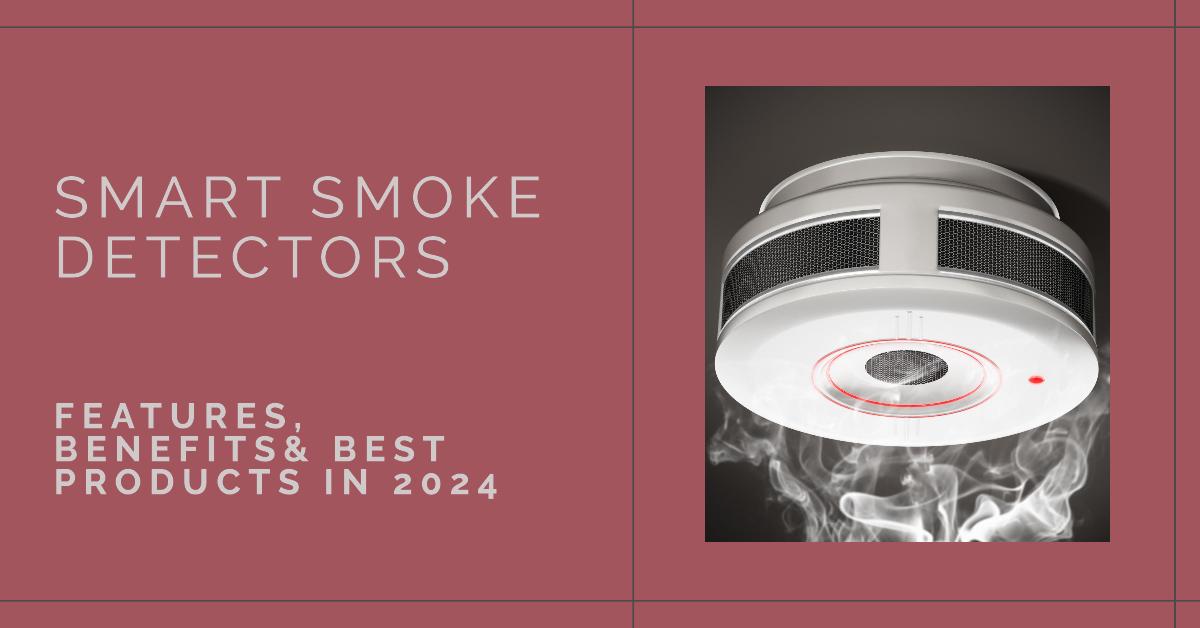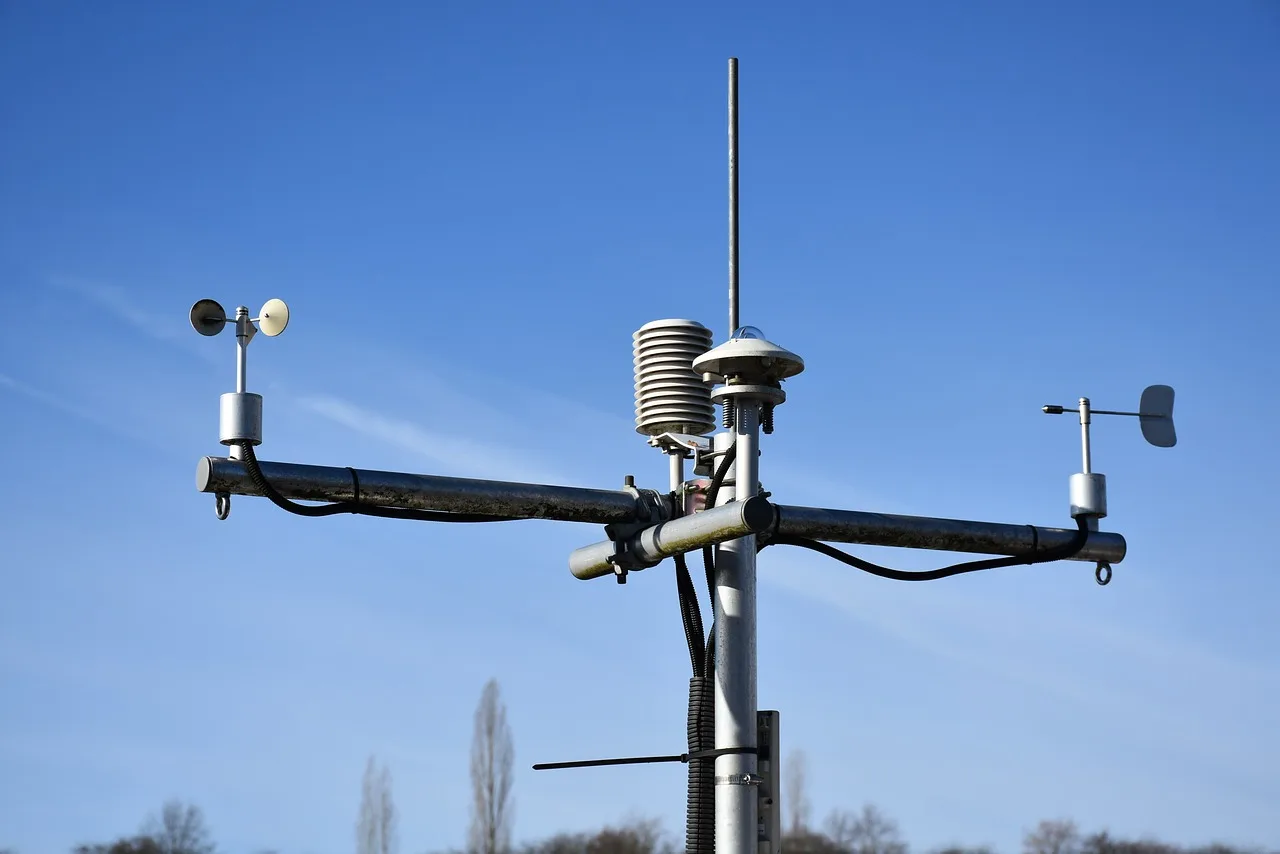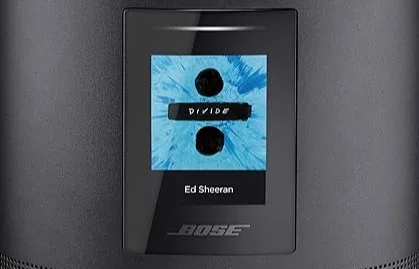Connected smoke detectors are an integral part of smart home ecosystems. Unlike traditional smoke alarms, connected smoke detectors can send alerts directly to your smartphone and integrate with other smart devices in your home. They go beyond simply detecting smoke by adding features like remote monitoring, voice alerts, and self-testing capabilities. By linking your smoke detectors to the internet and your mobile devices, you gain more control and visibility over potential emergencies in your home, even when you’re away. As smart home technology becomes more ubiquitous, connected smoke detectors make an important contribution to home safety and awareness.

Table of Contents
- Key Features and Functionality
- Integration with Smart Home Ecosystems
- Installation and Setup
- Remote Monitoring and Alerts
- Maintenance and Battery Life
- Safety and Reliability
- Cost and Value Proposition
- User Experiences and Reviews
- Future Trends and Developments
- Top 5 Connected Smoke Detectors
- Conclusion
- FAQs
Key Features and Functionality
What Features Do Connected Smoke Detectors Offer?
Connected smoke detectors have come a long way from traditional smoke alarms. They integrate the core function of smoke and fire detection with new technologies that increase control, visibility, and connectivity. Some key features include:
Remote Monitoring and Smartphone Alerts – Receive alerts directly to your smartphone when smoke or fire is detected, even when you’re away from home.
Voice and Sound Alarms – Features like voice alerts provide clear warnings and instructions during an emergency.
Integration with Other Smart Devices – Connect your smoke detectors with lighting, thermostats, door locks and more for home automation.
Self-Testing and Upkeep – Automatic self-tests ensure your device is always working properly, and can notify you when it’s time to change the batteries.
Enhanced Sensors – Innovations like photoelectric sensing and carbon monoxide monitoring provide quicker and more accurate emergency detection.
Integration with Smart Home Ecosystems
How Do Connected Smoke Detectors Integrate with Smart Home Platforms?
One advantage of connected smoke detectors is their ability to integrate with popular smart home ecosystems and voice assistants like Alexa, Google Assistant and Siri. This integration enables:
Voice Control and Automation – Use spoken commands to hush alarms, run diagnostics and more. Create customized smart home rules like flash lights when smoke is detected.
Remote Access and Alerts – Check detector status, receive emergency alerts and monitor your home from anywhere via smartphone apps.
Interoperability – Sync your smoke detectors with other devices and appliances for whole-home visibility and control under one platform.
Smart integration allows you to monitor hazards more easily while creating a more automated, convenient home. It brings extra safety and awareness to your family and home.
Installation and Setup
What Should You Know About Installing Connected Smoke Detectors?
Installing connected smoke detectors is relatively straightforward, but here are some useful guidelines:
Check Compatibility – Ensure the model you choose works with your home’s WiFi network and any smart home gear you want to pair it with.
Follow Electrical Codes – Refer to local regulations and NFPA 72 to determine the required number of units and optimal placement. Hardwired and battery-powered options are available.
Choose Strategic Locations – Install detectors on every level, in every bedroom and hallway for complete coverage. Place them away from vents or windows.
Connect and Sync – Download the companion mobile app and connect your detectors to WiFi and any compatible smart home platforms you use. Enable push notifications.
Test Functionality – Trigger test alarms, hush features and automated rules you set up to ensure everything works as intended.
With the right placement and connectivity, your connected smoke detectors form an invaluable safety net in your smart home ecosystem.
Remote Monitoring and Alerts
How Can Connected Smoke Detectors Keep You Informed of Emergencies?
Unlike traditional standalone alarms, connected smoke detectors use wireless connectivity to actively monitor for hazards and send real-time notifications.
When integrated properly with your home WiFi network and mobile apps, they enable features like:
Smartphone Alerts and Push Notifications – Receive emergency alerts directly to your phone, even when away from home, along with detector self-check notifications.
Email and Text Message Alerts – Get notifications via email or text for extra visibility. Useful for contacts who live outside the home like landlords.
Remote Access and Monitoring – Check the status of detectors and monitor your home environment using companion mobile apps.
Emergency Calling – Some detectors can automatically place calls to the fire department when alarms are triggered and smoke or fire is detected.
Thanks to these remote alert capabilities, connected smoke detectors provide an extra layer of observation over life-threatening emergencies. They ensure that notifications reach you quickly before major damage occurs.
Maintenance and Battery Life
What Kind of Upkeep Do Connected Smoke Detectors Require?
While connected smoke detectors offer cutting-edge features, they still require periodic maintenance:
Battery Changes – Replace batteries every 6 months to 1 year, even if units have backup batteries. Sign up for replacement notifications.
Sensor and Component Testing – Use built-in self-testing features every month or enable automated weekly tests to ensure accurate detection.
Firmware Updates – Download updates for new features and improved performance. Connect detectors to home WiFi for continuous updates.
Alarm Sound Checks – Trigger periodic sound checks to verify loudness and clarity. Replace any units with faint or distorted alarms.
Cleaning – Gently vacuum exterior and interior sensors to remove dust, dirt and debris at least twice a year.
Following the manufacturer’s maintenance guidelines ensures your connected smoke detectors continue to function properly and reliably when you need them most.
Safety and Reliability
Are Connected Smoke Detectors as Reliable as Traditional Models?
Connected smoke detectors meet the same rigorous safety standards as traditional detectors, while enhancing your protection with smart capabilities:
UL/ULC Certified – Leading brands comply with fire codes and are independently certified for smoke and CO detection accuracy.
10-Year Sealed Batteries – Units contain batteries that last for a decade so they’re always on. Some have secondary backup batteries.
Wireless Updates – Over-the-air updates keep the firmware and microprocessor current without needing to replace units as frequently.
Redundant Alert Systems – Even if WiFi fails, alarms will still sound. Connectivity provides an extra layer of notifications.
Self-Monitoring – Auto self-tests check for expired batteries, clearing dust, sensor drift and component issues regularly.
Reputable connected smoke detector models carry top safety credentials while layering smart detection with smartphone monitoring and alerts – delivering well-rounded protection greater than traditional models alone.
Cost and Value Proposition
Are Connected Smoke Detectors Worth the Investment?
At $100 to $250 per detector, connected models cost notably more than traditional $20 smoke alarms. However, the enhanced safety, convenience and peace of mind are an excellent value:
Prevent Major Damage – Early fire detection alerts allow you to react quickly before major destruction occurs – saving money and memories.
Whole-Home Coverage – Their lower cost compared to commercial systems makes protecting every room realistic for homeowners.
Home Automation Hub – Serve as an affordable hub for other smart products as part of a scalable system.
Insurance Discounts – Some providers offer premium discounts for verified connected safety devices, helping offset costs.
Expanded Features – Voice assistants, air quality sensors and night vision cameras available on higher-end units provide added functionality.
For households invested in smart home ecosystems, or looking for robust fire protection, the return on investment from connected smoke detectors is substantial.
User Experiences and Reviews
How Well Do Connected Smoke Detectors Perform in the Real World?
According to thousands of buyer reviews, connected smoke detectors like Nest Protect consistently earn top marks for their performance and reliability during home emergencies.
Owners praise key benefits like fast smoke and carbon monoxide alerts, intuitive companion apps, effective voice warnings to escape safely and remote monitoring capabilities. Integration with other smart devices also works seamlessly for most customers.
Common downsides noted include sporadic false alarms from cooking smoke, challenges wiring multiple units together, and potentially shortened battery life compared to basic detectors. Occasional WiFi connectivity issues are another complaint requiring firmware updates to address.
Overall though, user experiences affirm advanced connected smoke detectors combine smart home convenience with excellent lifesaving performance when used properly. They deliver tangible benefits over traditional models for security.
Future Trends and Developments
What Does the Future Hold for Connected Smoke Detector Technology?
The category is still maturing, with exciting innovations in development focused on faster detection through improved analytics and connectivity:
Enhanced Sensors and Algorithms – Next-generation units will likely leverage machine learning technology to better distinguish between real threats and false triggers.
Third-Party Integrations – Expanded support for embedding detectors into non-proprietary smart ecosystems instead of just Nest, Alexa etc.
5G and Emergency Cellular Connections – Models utilizing the latest cellular IoT chips will ensure connectivity dead zones don’t impact alerts and system monitoring.
Edge Computing – Processing data locally on the device instead of the cloud will enable real-time critical alerts that aren’t reliability dependent.
As smart home technology evolves, so will the capabilities of connected smoke detectors – but with user safety and timely notification speed as key development priorities.
Top 5 Connected Smoke Detectors
Here is a comparison of 5 top-rated connected smoke detector models on factors like smart home integration, features and cost:
| Detector | Integration | Features | Installation | Battery/Power | Price (est.) |
|---|---|---|---|---|---|
| Nest Protect | Works with Nest app; Google Assistant, Alexa enabled | Smart alerts, auto self-checks, activity lighting | Hardwired or battery backup | 2 AA batteries, lasts 5 years | $119 |
| First Alert Onelink | Works with First Alert app; Alexa/Google Assistant compatible | 10-year sealed battery, voice alerts, night light | Hardwired with battery backup | 10-year sealed lithium battery | $200 |
| Kidde RemoteLync | Works with Kidde app; Alexa compatible | Voice and location-based alerts, auto self-checks | Hardwired with battery backup | Replaceable 10-year backup battery | $99 |
| First Alert Smoke Detector and Carbon Monoxide Detector Alarm with Built-In 10 Year Battery | Works with First Alert app; Alexa/Google Assistant compatible | 10-year sealed battery, voice alerts | Battery powered | 10-year sealed lithium battery | $199 |
| BRK Brands Hardwire Smoke and Carbon Monoxide Alarm with Battery Backup and Voice Alert | Works with BRK/First Alert app; Alexa compatible | Voice alerts, location-based alerts | Hardwired with battery backup | Replaceable 9V battery backup | $65 |
When choosing among the latest top-rated connected smoke detectors, key factors to weigh include smart home ecosystem integration, battery life expectations, warranty protection, available connectivity protocols like WiFi and Bluetooth support, and overall feature set based on your budget and needs. Costs can range widely, but investing in reliable carbon monoxide protection and connectivity brings valuable peace of mind.
Conclusion
Connected smoke detectors go far beyond traditional detectors thanks to innovative features like smartphone alerts, custom automation capabilities and remote monitoring. Key benefits range from potentially lifesaving early emergency detection facilitated by sophisticated sensors to simple home automation controls via intuitive voice commands. While the experience isn’t without occasional false alarms or connectivity problems, rapid improvements driven by user feedback make the category one of the most promising in the smart home market.
For households invested in home automation and maximum fire safety, upgrading to a reliable connected smoke detector is one of the wisest smart home investments you can make. Integrating these critical safety devices also represents an affordable first step towards broader adoption of home automation technology. As smart innovations continue advancing, so too will the lifesaving protections connected smoke detectors can provide.
FAQs
Are connected smoke detectors difficult to setup?
No, most leading connected smoke detector models are designed for simple DIY installation in under 10 minutes. Streamlined mobile apps walk you through the WiFi pairing, registration and connectivity processes for both individual units and networked detector systems.
Can you integrate connected smoke detectors with professional monitoring services?
Certain premium smoke detector models do offer optional professional monitoring capabilities where emergency dispatch centers will be automatically notified when alarms go off, for an additional monthly fee. Most standalone consumer versions, however, simply alert you and/or your emergency contacts’ mobile phones without third-party pro monitoring integration.
How often should you replace connected smoke detectors?
While WiFi enabled smoke detectors contain the latest sensor technology and over-the-air update capabilities, industry experts still recommend replacing all detectors roughly every 8-10 years as environmental factors can impact device components over time.
Can connected smoke detectors be hacked?
Hacking a WiFi enabled device is certainly an avenue cybercriminals actively explore. However, leading brands utilize encryption and software protections to safeguard your detectors. Using unique passwords and 2-factor authentication when creating user accounts also helps thwart potential hacking activity.
What happens if WiFi goes out and the detectors lose connectivity?
Back-up batteries contained in all models ensure conventional smoke/CO alarm functionality continues uninterrupted. Units also possess on-board memory, so the alarm history and diagnostic data collected can transmit to your mobile device once WiFi comes back online.


